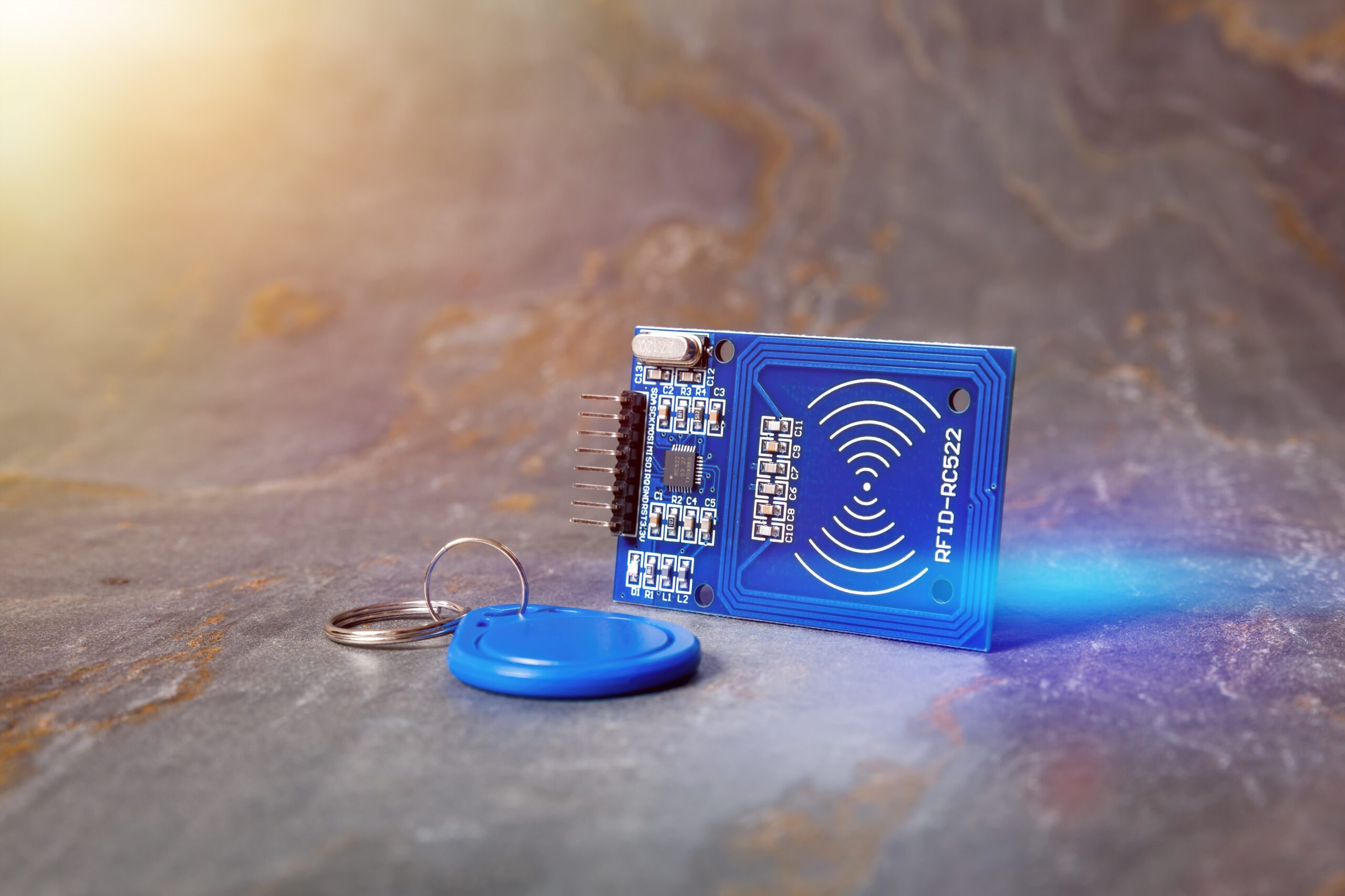Smart locker integration has revolutionised how we store and retrieve our belongings, offering convenience, security, and efficiency in various settings. However, the next step in their evolution holds even greater potential: integrating information technology to provide remote assistance. Imagine a user encounters an issue, such as a malfunctioning lock. Instead of resorting to traditional troubleshooting methods or waiting for on-site assistance, smart lockers with remote help capabilities can offer immediate support.
By harnessing the power of information technology, these advanced lockers can provide real-time assistance, diagnostics, and even remote repairs, revolutionising the user experience and taking the concept of smart locker integration to new heights.
The benefits of a smart locker system for introducing new workplace technology to staff
A smart locker system offers several benefits for introducing new workplace technology to staff:
Unified working experience
A key advantage of a smart locker integration is its effortless sync with any IT or IoT environment, providing a unified working experience for employees. This integration ensures optimal information management between the smart locker and other workplace technologies, such as access control systems or employee databases. The result is a cohesive ecosystem where employees can easily navigate and interact with various technologies, enhancing productivity and user satisfaction.In healthcare, efficient inventory management is vital for hospice organisations to provide high-quality care to patients. One technology that has revolutionised this process is RFID (Radio Frequency Identification). RFID Technology uses radio waves to monitor and track medical equipment, medications and supplies in real-time.
By harnessing the power of RFID, hospices can optimise their inventory systems, reduce errors, improve workflow efficiency and ultimately enhance patient care. This article explores the importance of RFID in healthcare inventory management for hospice efficiency.
How to improve inventory management using RFID
To improve inventory management using RFID, three main components are necessary:
RFID Tags
RFID tags are tiny electronic devices that contain unique identification codes. These tags are attached to individual inventory items, such as medical equipment, supplies, or medication packages. The tags utilise radio waves to transmit their identification information wirelessly.

RFID-enabled storage devices
Smart shelves or cabinets with RFID technology can detect and communicate with the RFID tags attached to inventory items. These storage devices have built-in RFID readers that capture the identification information from the tags. They can accurately track items’ presence, location, and movement within the storage area.
Software system integration
To fully utilise the capabilities of RFID technology, a software system is required to connect the RFID tags and the RFID-enabled storage devices. This software gathers and analyses the data transferred by the RFID tags and provides real-time insights into inventory levels, locations, and other applicable information. It also facilitates automated processes like tracking expiration dates, replenishment, and customised inventory management based on patient-specific necessities.
How does RFID help you save money?
RFID technology improves efficiency in healthcare inventory management and offers significant cost-saving benefits. Here’s how RFID helps you save money:
Eliminates stockouts
RFID facilitates real-time tracking of stock levels, preventing stockouts of essential supplies. By knowing when to reorder items, hospices can bypass emergency purchasing, which often comes with inflated prices.
Reduces waste
With RFID, healthcare organisations can precisely monitor the expiration dates of medical supplies and medications. This visibility helps contain the accumulation of expired items, reducing waste and unnecessary expenses.
Optimises inventory levels
RFID enables automated inventory management based on real usage and patient needs. By customising stock levels for individual patients, hospices can prevent overstocking, which ties up capital, and help minimise the risk of obsolescence.
Minimises manual errors
RFID technology downsizes human errors related to manual data entry and item identification. By automating these functions, the likelihood of costly errors, such as medication administration errors or incorrect billing, is greatly reduced.
Streamlines workflows
RFID streamlines inventory functions, saving valuable time for staff members. This efficiency enables healthcare specialists to focus more on providing quality patient care and enhancing productivity without extra resources.
Prevents theft and loss
RFID technology improves security by alerting staff if an item is shifted or removed from its designated area without proper approval. This feature helps lessen theft and loss, resulting in potential cost savings over time.
How does RFID provide you with a competitive advantage?
RFID technology offers hospice societies a competitive edge by revolutionising healthcare inventory administration. Here’s how RFID provides you with a competitive advantage:
Enhanced efficiency
RFID enables real-time tracking and monitoring of inventory items, eliminating the requirement for manual counting and reducing time-consuming tasks. This efficiency allows hospices to simplify operations, respond quickly to inventory needs, and optimise resource allotment.

Improved accuracy
With RFID, inventory data is automatically captured and documented, minimising errors related to manual data entry. Precise inventory records ensure the right supplies are functional when required, reducing the risk of uncertainties or disruptions in patient care.
Advanced inventory visibility
RFID provides complete visibility into inventory levels, locations, and usage patterns. This comprehensive information enables hospices to make informed decisions regarding inventory management, reducing the risk of overstocking, stockouts, and wastage.
Personalised patient care
RFID facilitates patient-specific inventory oversight by linking items with individual patients. This capability ensures that each patient receives the right supplies and medications tailored to their unique needs, improving the quality and safety of care.
Operational cost savings
Optimising inventory levels, minimising manual errors, reducing waste, and RFID technology helps hospices save costs in the long run. RFID’s improved efficiency and accuracy can lead to substantial financial benefits, allowing organisations to distribute resources effectively and invest in other patient care areas.
Enhanced reputation
Adopting RFID technology in healthcare inventory management establishes a commitment to adopting ingenious solutions and delivering high-quality care. This affirmation can enhance a hospice’s reputation, attract patients, and distinguish it from contenders who may still rely on traditional inventory management approaches.
Conclusion
RFID technology truly revolutionises healthcare inventory management for hospices by enhancing efficiency and effectiveness. RFID tags, storage devices, and software integration allow hospices to optimise inventory procedures, reduce costs, streamline workflows, and offer personalised patient care. Embracing RFID provides a competitive edge, improving visibility, accuracy, and reputation. It’s time for hospices to adopt RFID and unlock its potential for efficient and outstanding patient care.



